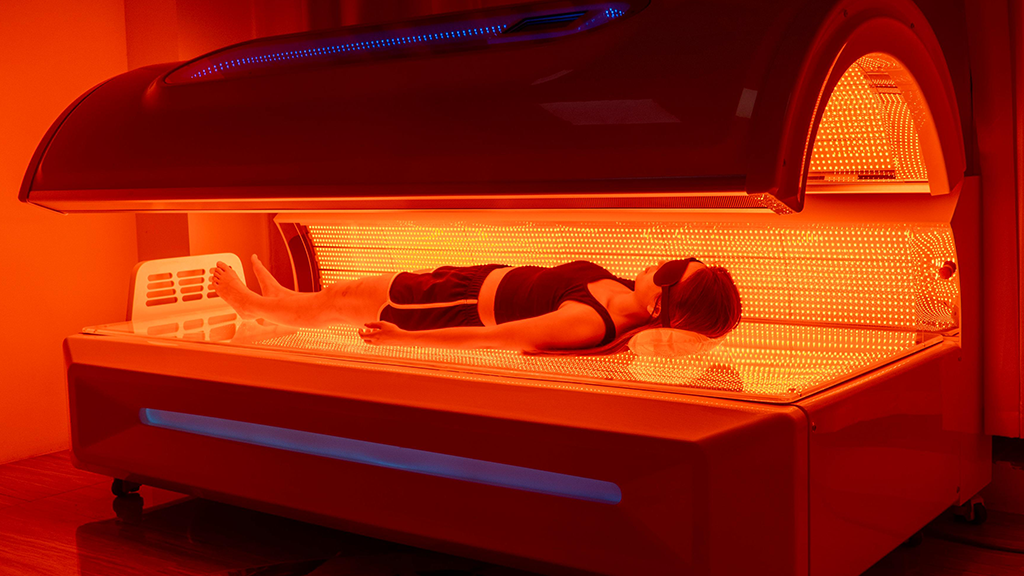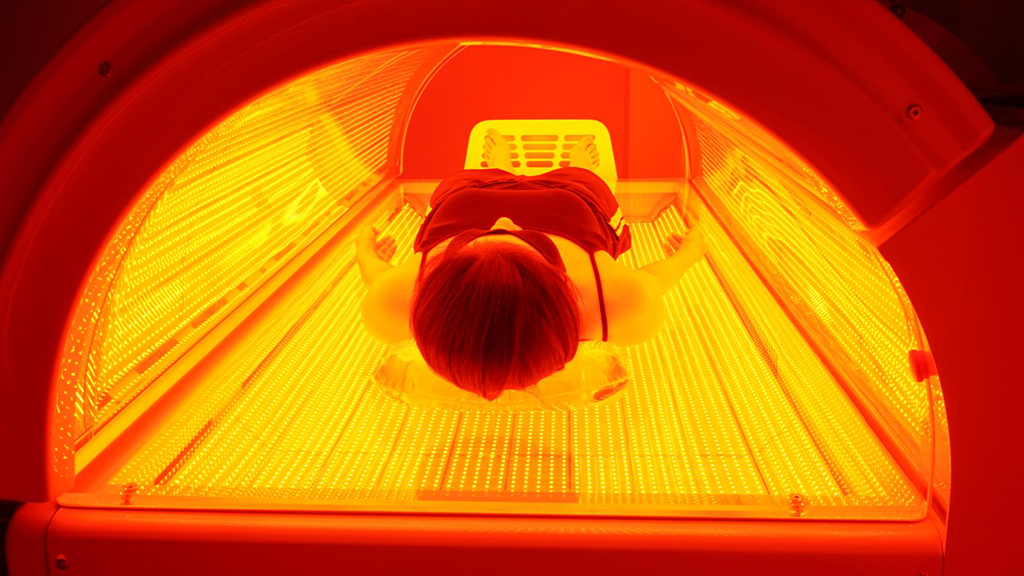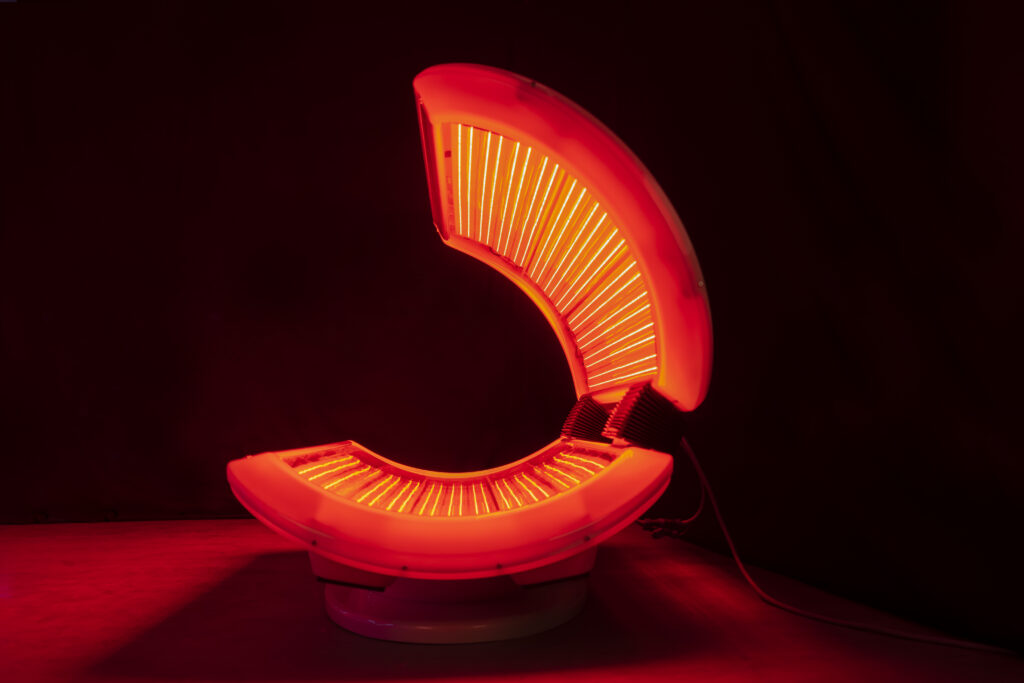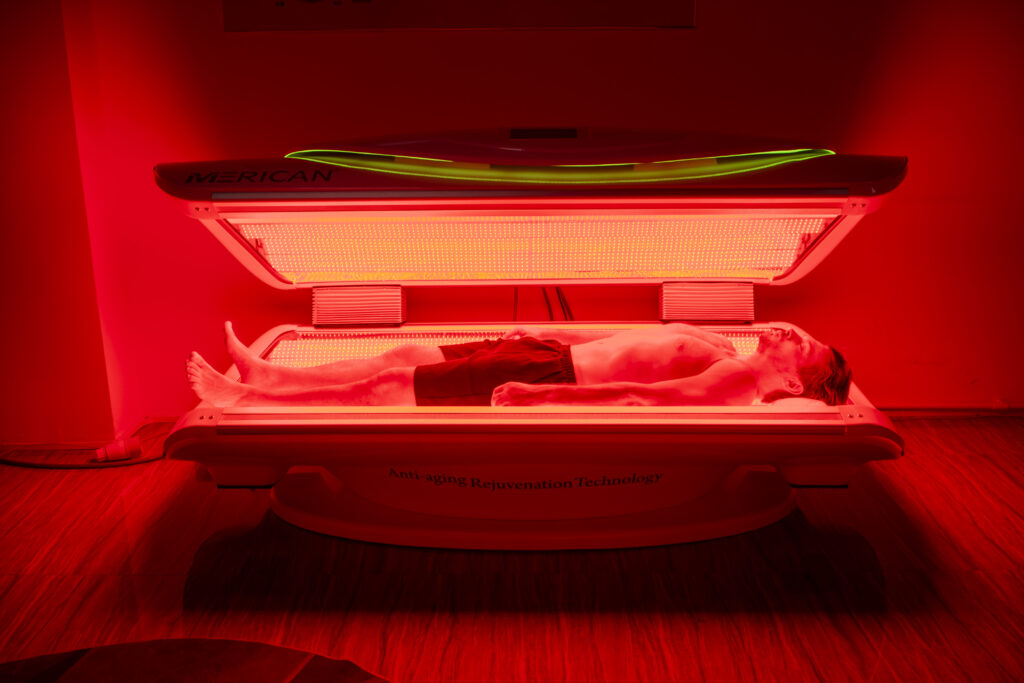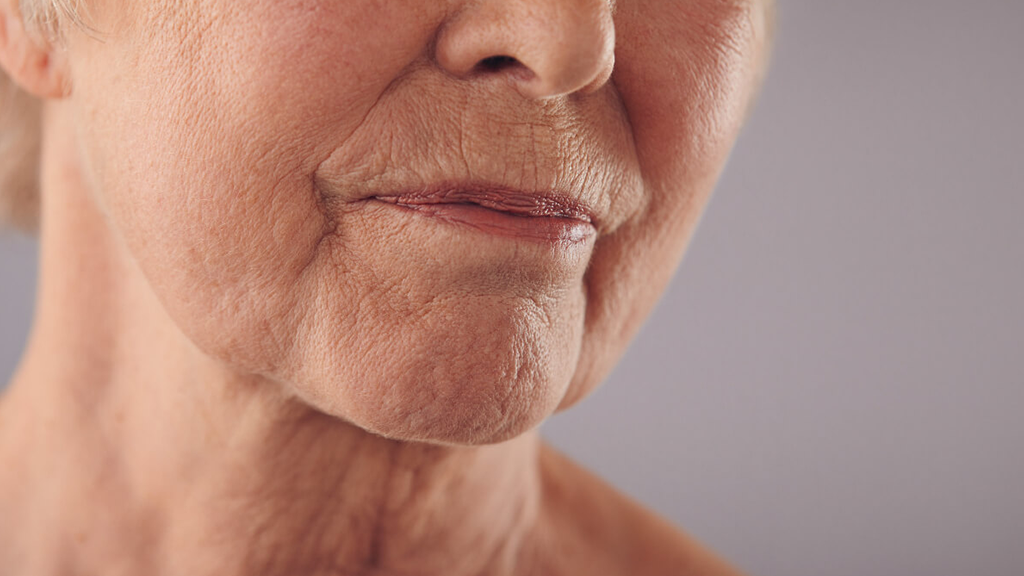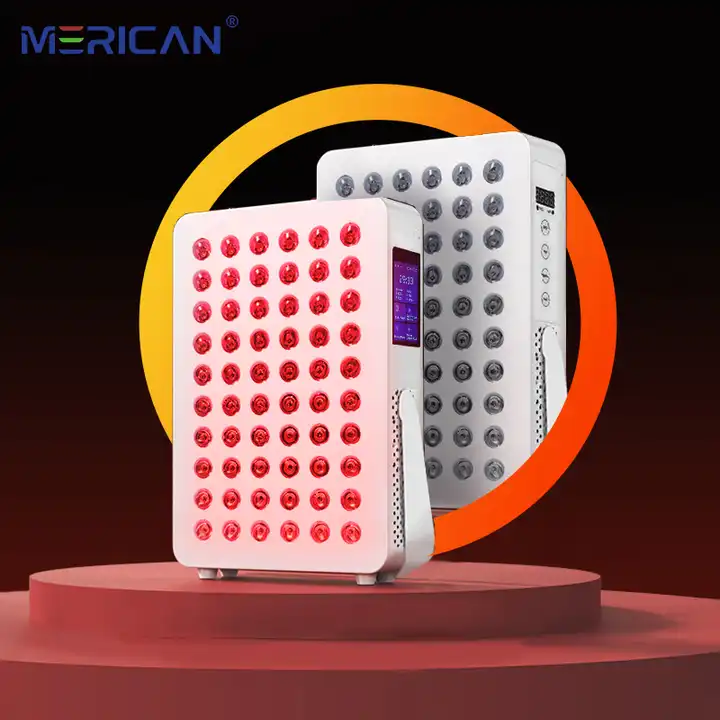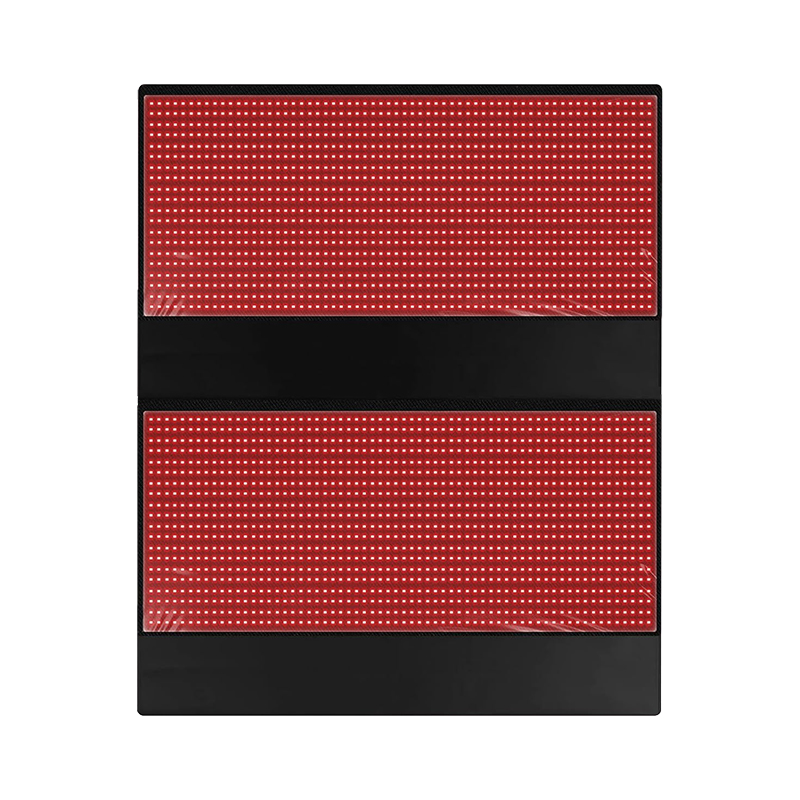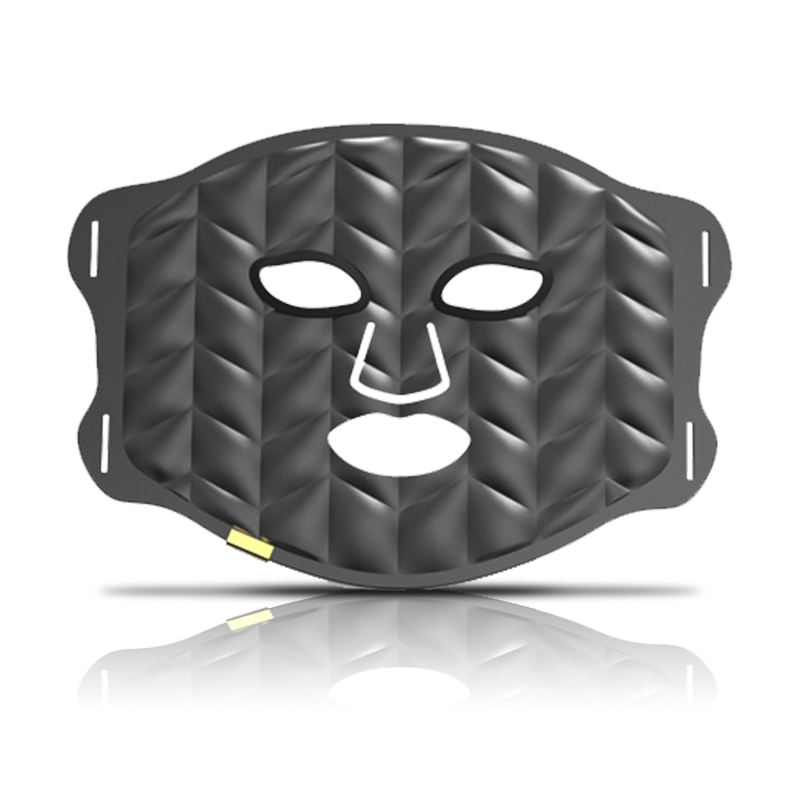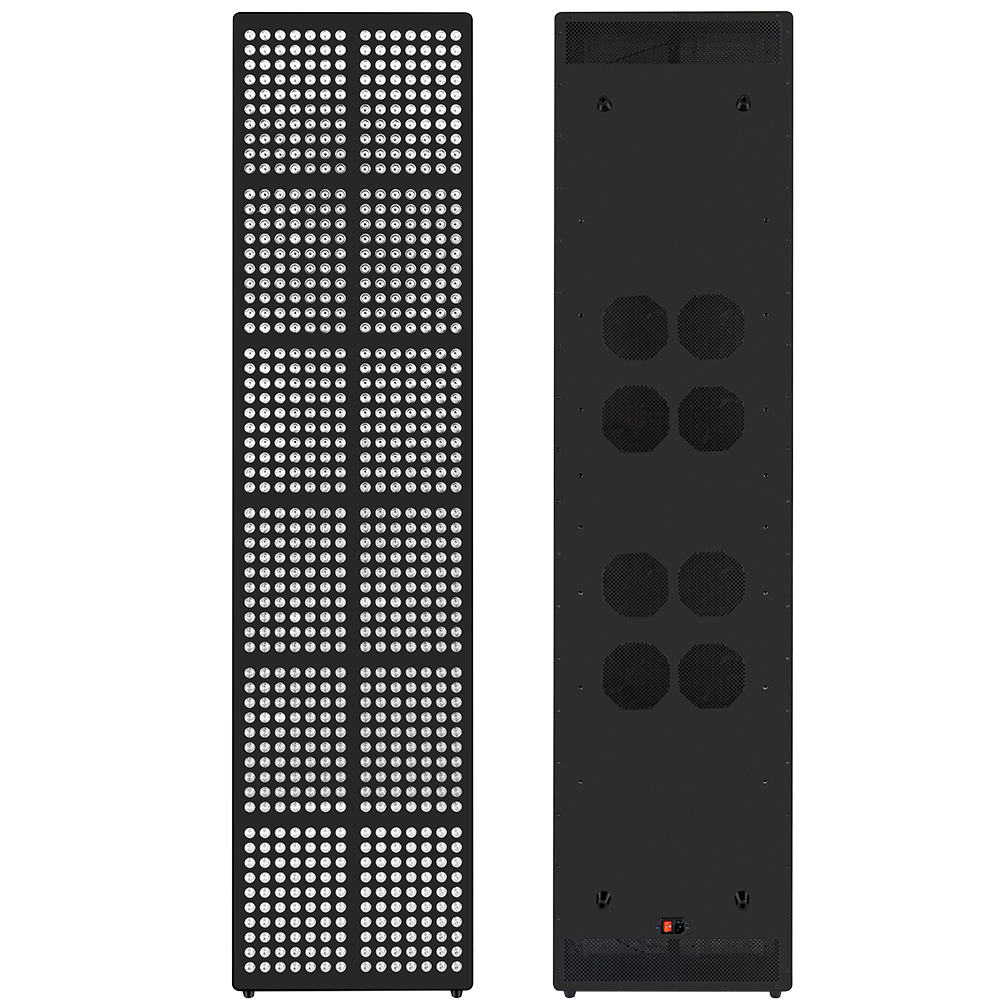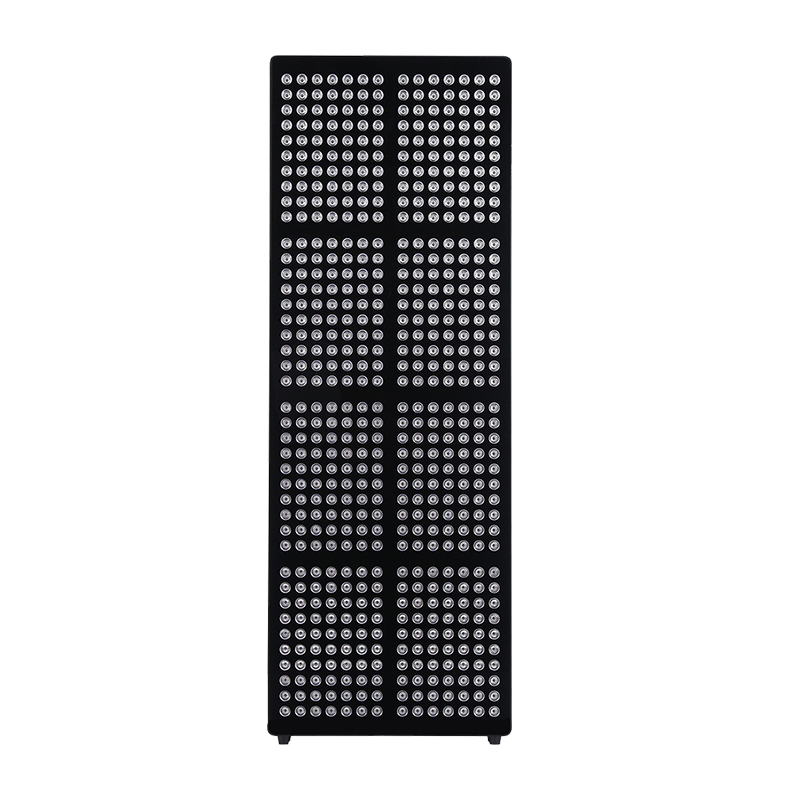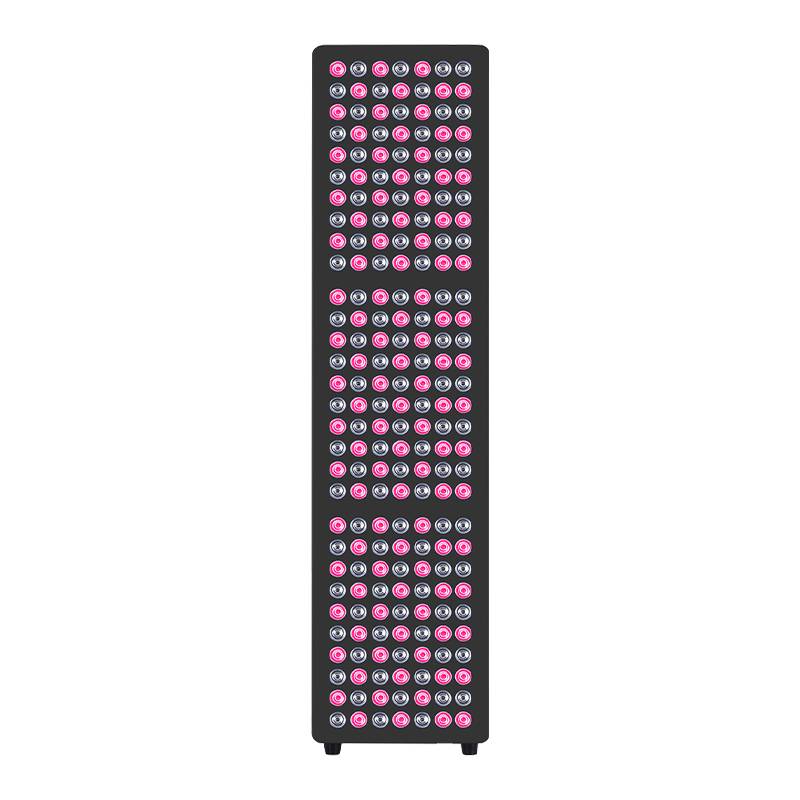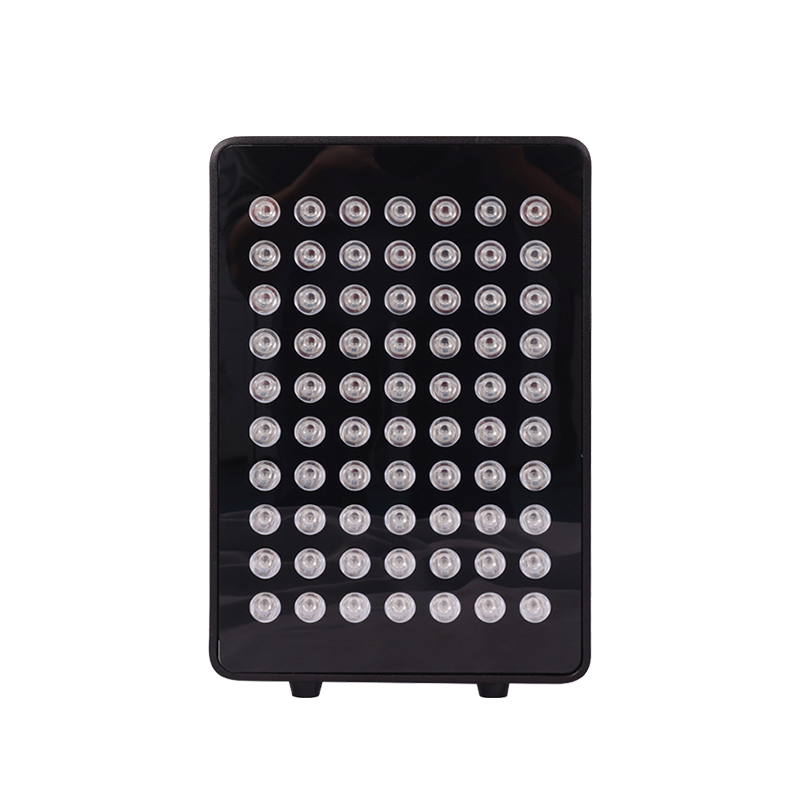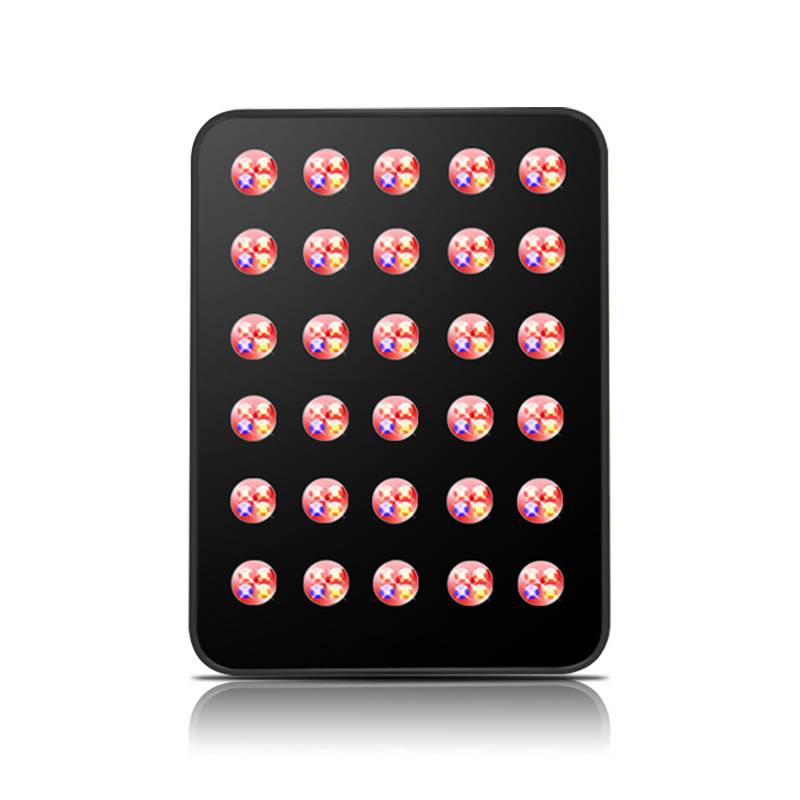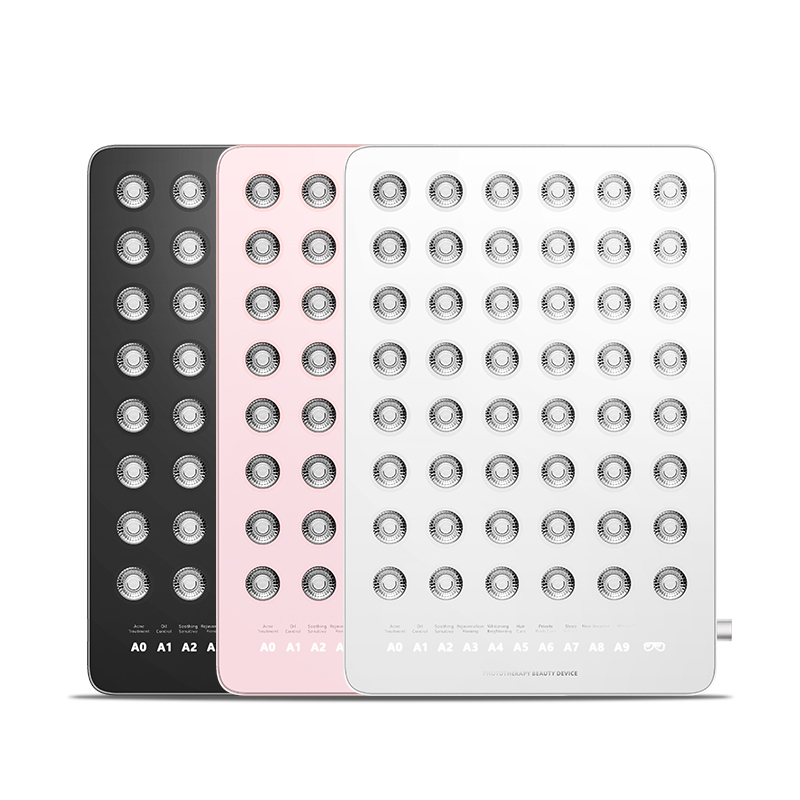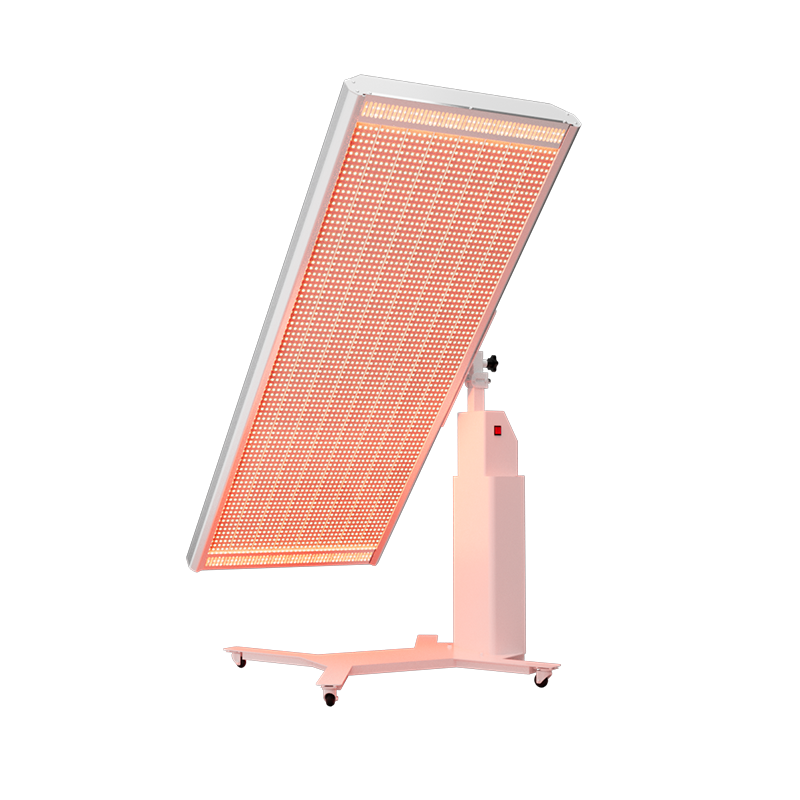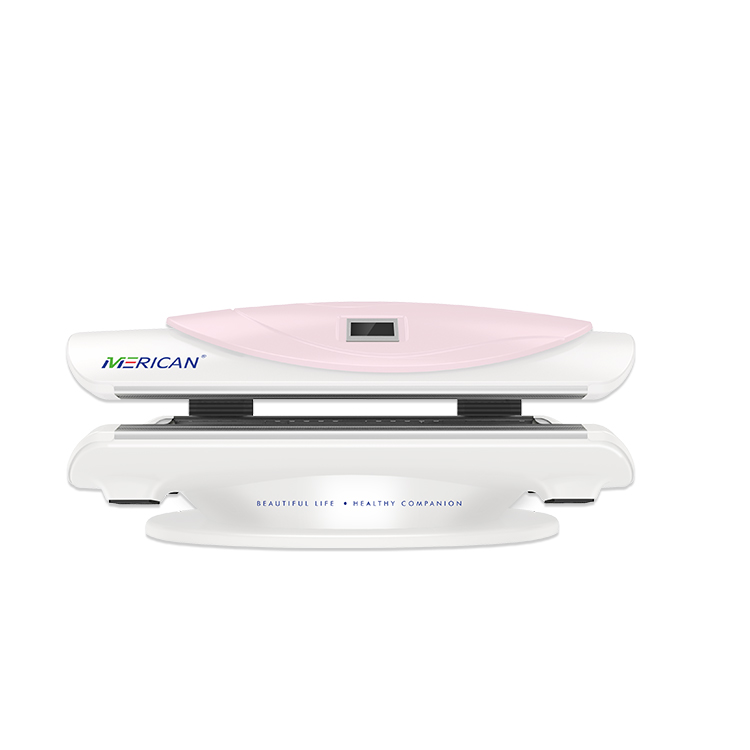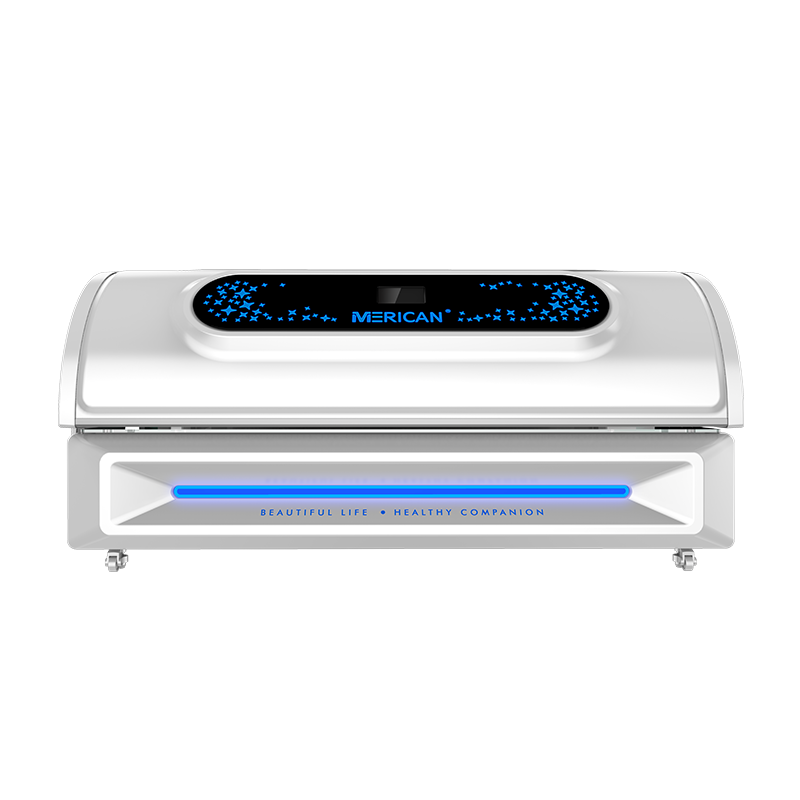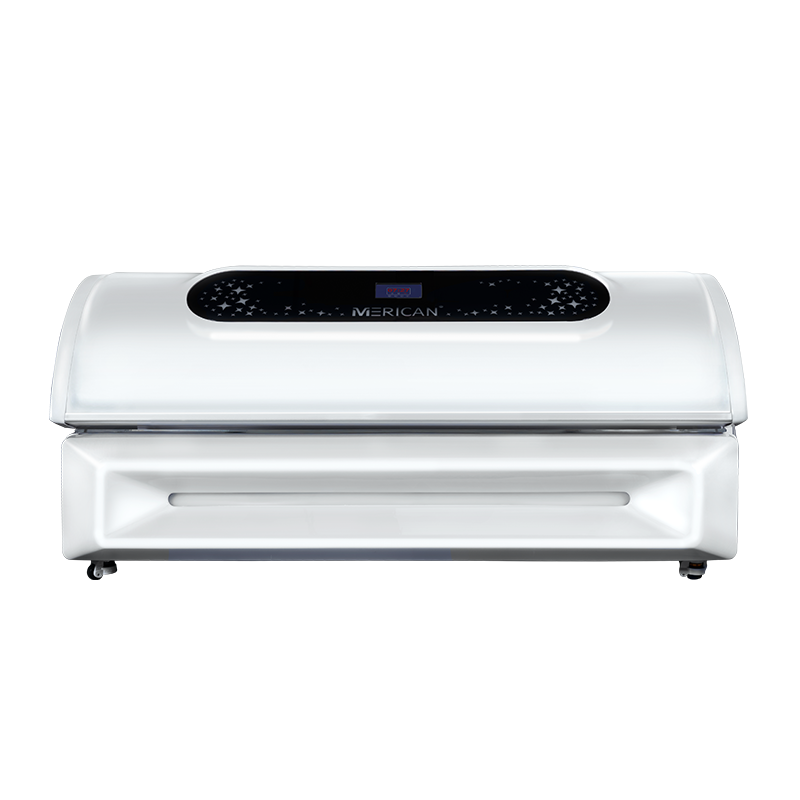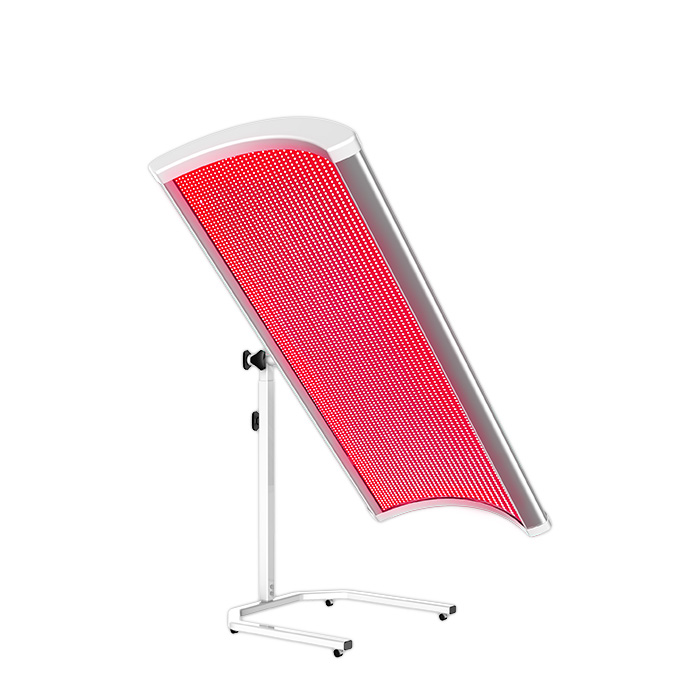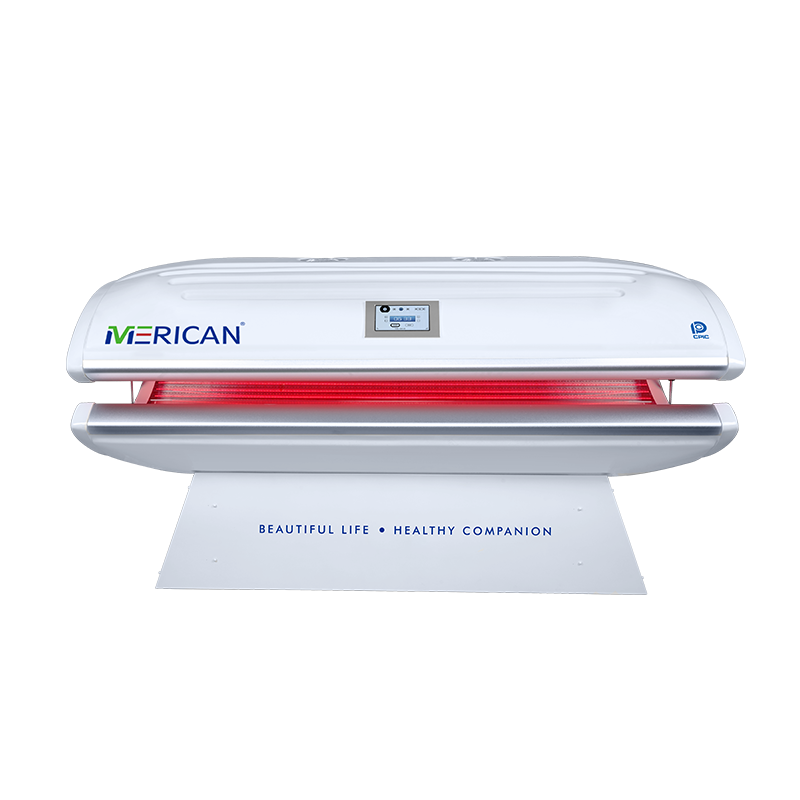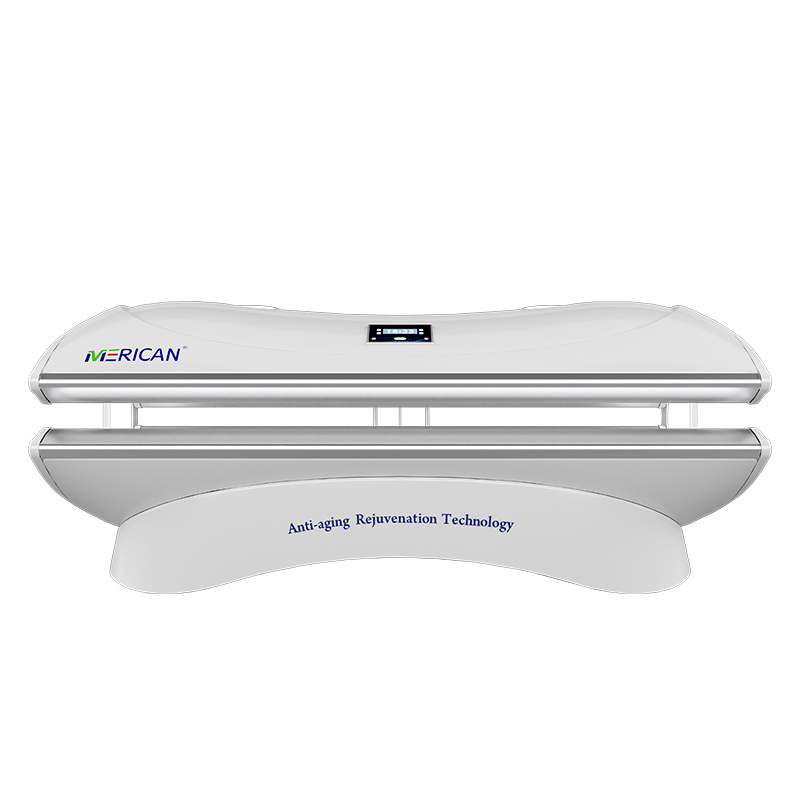Stretch marks, medically known as striae, affect millions of people worldwide. They appear when skin stretches rapidly during pregnancy, weight gain, puberty, or muscle growth. Many are looking for effective, non-invasive treatments to reduce their appearance—and red light therapy (RLT) has emerged as a promising option.
This guide covers how RLT works, its benefits, usage tips, and FAQs to help you understand its potential for improving stretch marks.
How Red Light Therapy Works on Stretch Marks
Red light therapy uses low-level red and near-infrared light (630–850nm) that penetrates deep into the skin to stimulate cellular repair. Key mechanisms include:
- Collagen and Elastin Stimulation
- Collagen and elastin are structural proteins that maintain skin elasticity.
- RLT activates fibroblasts, encouraging new collagen production and helping the skin recover elasticity.
- Improved Blood Flow
- Enhanced circulation brings nutrients and oxygen to affected areas.
- Promotes faster skin repair and reduces the appearance of old stretch marks.
- Reduced Inflammation
- Helps calm redness or irritation, especially in newer stretch marks.
- Skin Tone and Texture Enhancement
- Improves skin smoothness, making stretch marks less noticeable over time.
Benefits of Using Red Light Therapy for Stretch Marks
- Non-invasive and pain-free: No needles or surgery required
- Safe for most skin types: Minimal side effects
- Supports skin elasticity: Helps prevent new stretch marks when combined with proper skincare
- Can be combined with creams or oils for enhanced results
Recommended Usage
| Parameter | Recommendation |
|---|---|
| Frequency | 3–5 sessions per week |
| Session Duration | 10–20 minutes per targeted area |
| Expected Timeline | 6–12 weeks for visible improvements |
| Target Areas | Abdomen, thighs, hips, arms |
Safety Considerations
- Avoid using on broken or irritated skin without medical guidance
- Pregnant or breastfeeding individuals should consult a healthcare provider
- Use protective eyewear if using high-intensity devices
- Follow device manufacturer guidelines for best results
FAQ: Red Light Therapy and Stretch Marks
Q1: Can red light therapy prevent stretch marks?
It may help maintain skin elasticity, but it cannot fully prevent stretch marks caused by rapid growth or stretching.
Q2: How long before I see results?
Most users notice improvement after 6–12 weeks of consistent use.
Q3: Are the results permanent?
Results are long-lasting but maintaining healthy skin, hydration, and consistent therapy sessions helps sustain improvements.
Q4: Can RLT be combined with topical creams or oils?
Yes. Combining RLT with collagen-boosting creams or oils may enhance results.
Q5: Is red light therapy safe for all skin types?
Generally yes. Minimal side effects occur, such as temporary redness or warmth.
Final Verdict
Red light therapy is a safe, effective, and non-invasive method to reduce the appearance of stretch marks. By stimulating collagen, improving blood circulation, and enhancing skin elasticity, RLT provides noticeable improvements over time. Combined with consistent use and supportive skincare, it can help restore smoother, healthier-looking skin.


